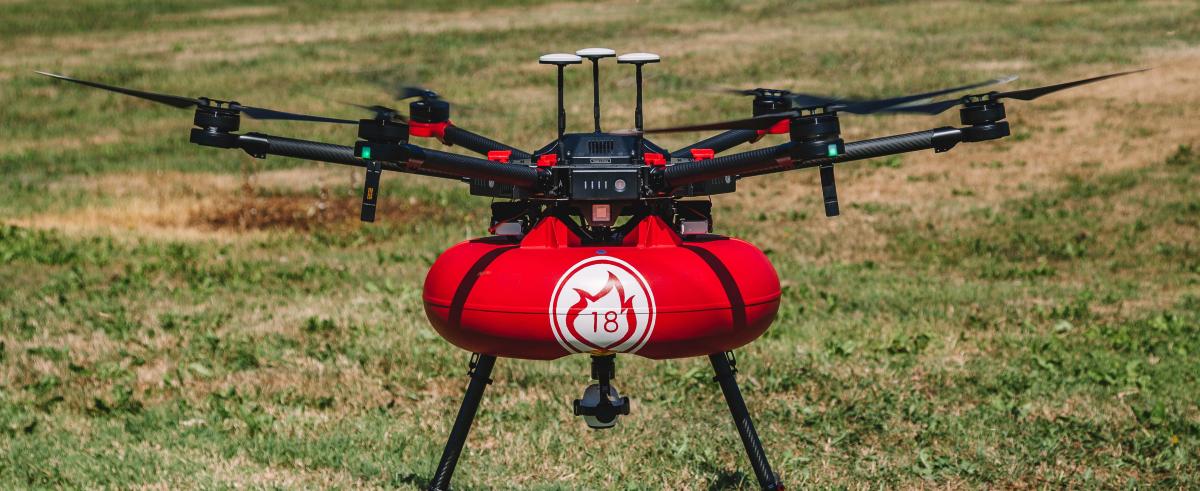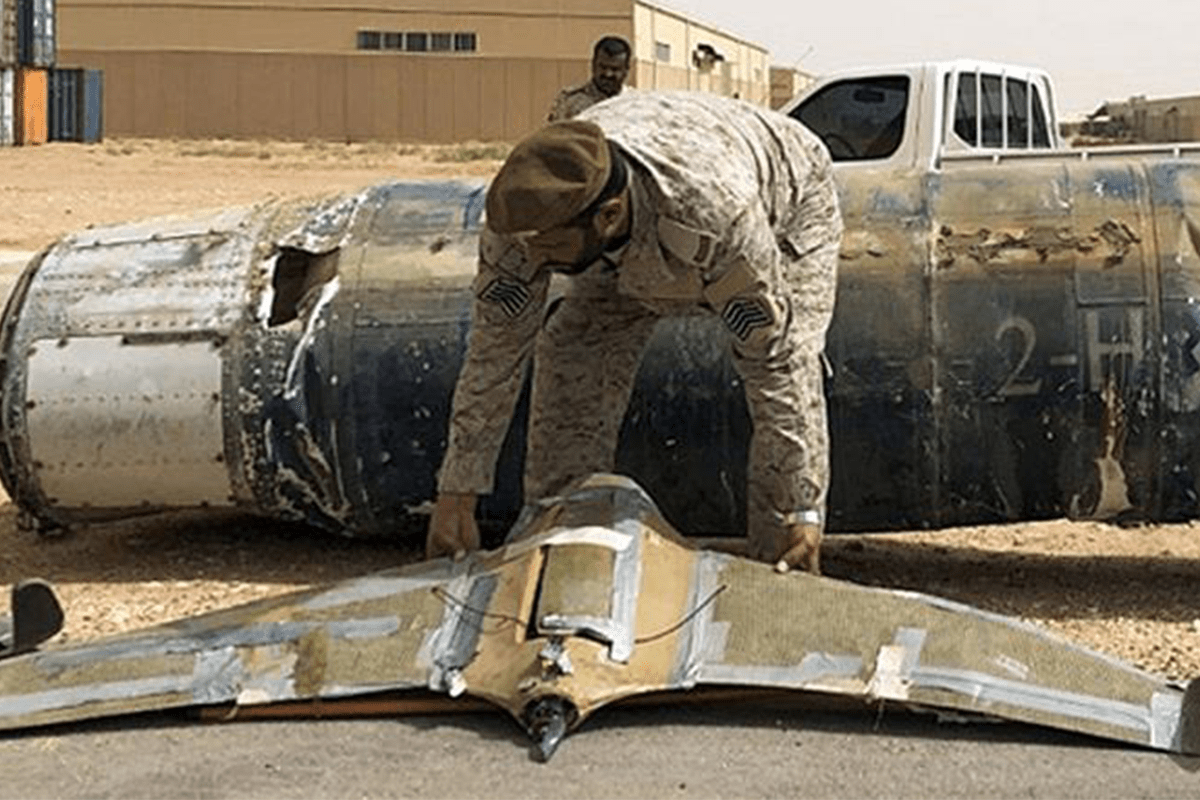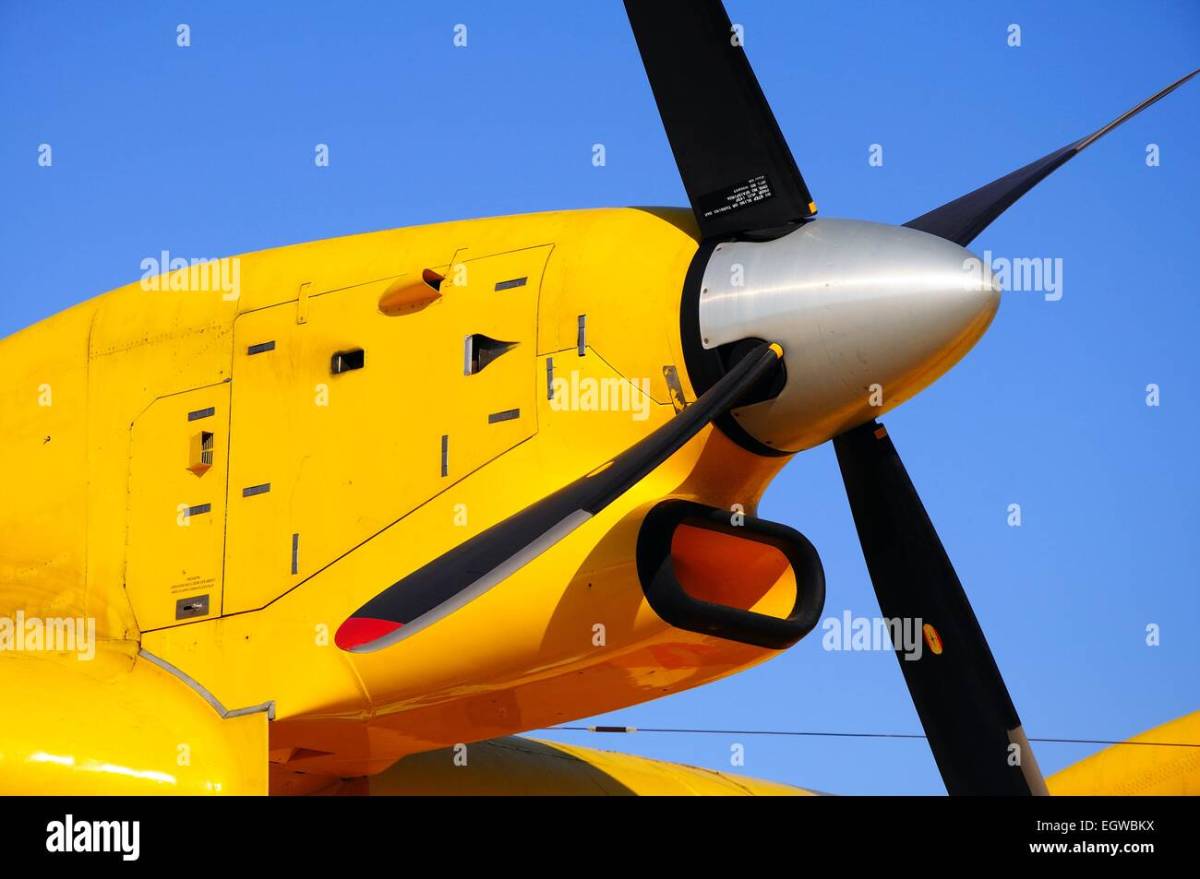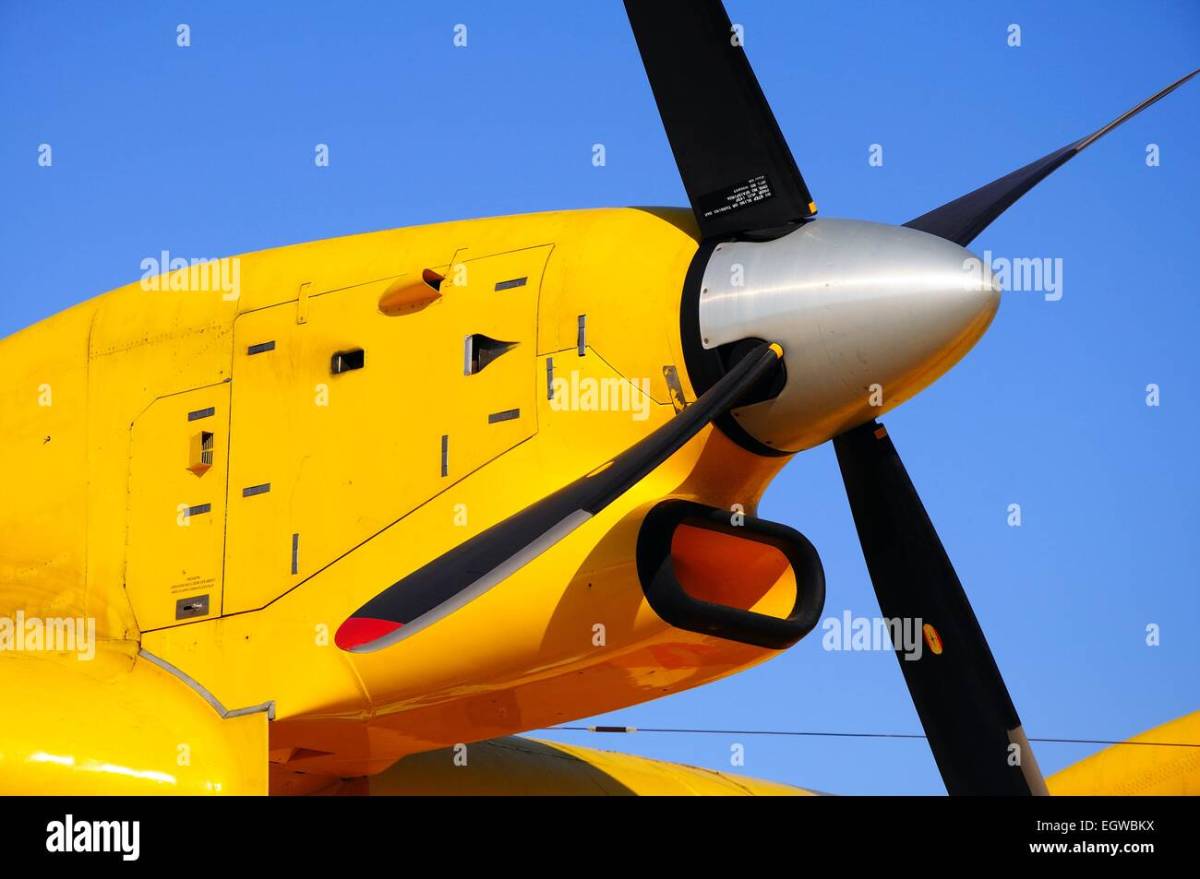Drone hits water bomber—a headline that paints a picture of potential disaster. This isn’t just about a near-miss; it’s about the increasing risk of collisions between unmanned aerial vehicles (UAVs) and crucial firefighting aircraft. We’ll explore the various scenarios, from accidental near misses to intentional targeting, examining the potential damage to both drones and water bombers, and investigating the underlying causes of these incidents.
This exploration delves into the complexities of airspace management, the roles of drone operators and air traffic control, and the impact of weather conditions. We’ll also investigate current safety protocols and regulations, propose improvements, and look at technological solutions designed to prevent future incidents. Ultimately, we aim to paint a clearer picture of the risks and Artikel strategies for mitigating them.
Drone-Water Bomber Interactions: A Safety Analysis: Drone Hits Water Bomber

The increasing use of drones alongside aerial firefighting efforts presents unique challenges. Understanding the potential for interaction between drones and water bombers, and implementing effective preventative measures, is crucial for ensuring the safety of both pilots and the success of wildfire suppression operations. This analysis explores various scenarios, causes, safety protocols, technological solutions, and illustrative examples to provide a comprehensive overview of this critical issue.
So, a drone hit a water bomber? Crazy, right? It makes you think about all the potential hazards involved in aerial firefighting, especially when you consider the scale of things like the LA fire from plane incident. That kind of massive blaze highlights how important these water bombers are, and how vulnerable they can be to unexpected events like drone collisions.
Types of Drone-Water Bomber Interactions
Drone-water bomber interactions can range from near misses to direct collisions, with varying degrees of severity depending on factors like drone size, speed, and the type of water bomber involved. Intentional targeting, though rare, is also a possibility, especially in scenarios of malicious intent.
| Scenario | Drone Type | Water Bomber Damage | Drone Damage |
|---|---|---|---|
| Near Miss | Small recreational drone | Minimal to none; potential for pilot distraction | None |
| Collision | Large commercial drone | Significant damage to airframe, potential engine failure | Complete destruction |
| Intentional Targeting | Modified drone carrying payload | Severe damage, potential for catastrophic failure | Likely destroyed |
Causes of Drone-Water Bomber Incidents

Several factors contribute to the risk of drone-water bomber incidents. Understanding these causes is fundamental to developing effective preventative strategies.
- Pilot error: Lack of awareness of airspace restrictions or inattentiveness.
- Drone malfunction: Unexpected loss of control due to technical issues.
- Inadequate communication: Insufficient coordination between drone operators and air traffic control.
- Inadequate airspace management: Lack of clear designated drone flight zones.
- Adverse weather conditions: Reduced visibility and challenging flying conditions increasing the risk of accidents.
Safety Protocols and Regulations
Existing safety protocols for drone operation near aircraft often lack the specificity needed for the unique dynamics of water bomber operations. Improved protocols and regulations are needed to mitigate risks.
Okay, so you’ve heard about the drone hitting the water bomber, right? That’s a pretty wild story. To understand the possible connections, check out this article about nyt connections hints january 7 for some clues. It might shed light on whether this was an accident or something more deliberate. Either way, the drone incident with the water bomber is raising a lot of questions.
A hypothetical improved safety protocol would include mandatory pre-flight checks, real-time airspace monitoring systems for drone operators, clear communication channels with air traffic control, and stringent penalties for violations.
Current regulations vary widely across jurisdictions, but generally require drone operators to maintain visual line of sight and avoid restricted airspace. However, these regulations often lack the necessary detail and enforcement for high-risk areas such as active wildfire zones.
Best practices include using advanced flight planning software, employing spotters to enhance situational awareness, and maintaining constant communication with air traffic control.
Technological Solutions for Preventing Collisions, Drone hits water bomber

Technological advancements offer promising solutions for enhancing safety. These technologies provide improved detection, identification, and communication capabilities.
| Technology | Function | Advantages | Disadvantages |
|---|---|---|---|
| Drone Detection Systems | Detect and locate drones within a specific radius. | Early warning system, improves situational awareness. | Potential for false positives, limited range in some systems. |
| Advanced Air Traffic Management Systems | Integrates drone traffic into existing air traffic control systems. | Improved airspace management, reduced risk of conflict. | High initial investment costs, requires widespread adoption. |
| Automated Drone Identification and Tracking Systems | Identifies and tracks drones using unique identifiers. | Enables real-time monitoring, facilitates accountability. | Requires mandatory drone registration and compliance. |
Illustrative Scenarios
A near-miss incident might involve a small recreational drone unexpectedly entering the airspace of a water bomber during a firefighting operation in low visibility conditions due to smoke. The water bomber pilot might take evasive maneuvers, but no collision occurs.
A collision scenario could involve a large commercial drone losing control due to a malfunction and colliding with a water bomber. This could result in significant damage to both aircraft, potentially leading to injury or loss of life. The resulting investigation might reveal inadequate maintenance of the drone or a lack of proper safety protocols.
Okay, so you’ve heard about that drone hitting a water bomber? Crazy, right? The incident highlights how advanced tech can be used for both good and bad. Think about the processing power needed for the drone’s navigation system – something like the graphics capabilities of a nvidia geforce rtx 5070 could be involved in similar applications, although probably not in this specific case.
Anyway, back to the water bomber – hopefully, incidents like this will lead to better drone regulations.
Imagine a bright red, boxy drone, approximately 1 meter in length, approaching a large, silver water bomber from below and slightly behind. The drone’s relative speed is high, and its trajectory puts it directly in the path of the water bomber’s propellers. The contrasting colors and the evident difference in size highlight the imminent danger.
Final Review
The increasing use of drones presents a significant challenge to the safety of air operations, particularly in high-stakes scenarios like wildfire suppression. While the potential for drone-water bomber collisions is a serious concern, understanding the causes, implementing stricter safety protocols, and leveraging technological advancements are crucial steps toward preventing future incidents. By addressing these issues proactively, we can ensure the continued effectiveness of water bombers in combating wildfires and safeguard both human lives and valuable equipment.
FAQ Explained
What are the penalties for operating a drone near a water bomber?
Penalties vary by jurisdiction but can include hefty fines, license suspension, or even criminal charges depending on the severity of the incident and any resulting damage.
How can I report a near-miss or collision involving a drone and a water bomber?
Contact your local aviation authority or the relevant agency responsible for air traffic control in your area. They will have specific reporting procedures.
What types of drones pose the greatest risk to water bombers?
Larger, heavier drones present the most significant risk due to their potential for causing more substantial damage in a collision. High-speed drones also increase the danger.
Are there specific drone registration requirements for operating near airports or wildfire zones?
Yes, many jurisdictions require drone registration and may have specific restrictions on operating drones near airports or in designated airspace, especially during wildfire suppression efforts. Check local regulations.
